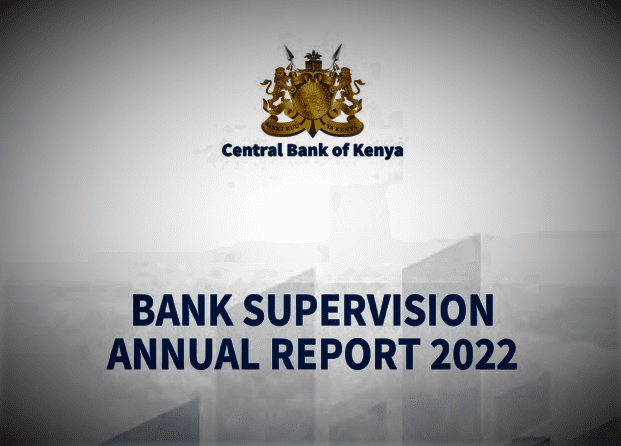The Kenyan Banking Sector recorded a 2.7% increase in its balance sheet to KSh 6.7 trillion at the end of March 2023 from KSh 6.5 trillion in December 2022. This is according to data from the March 2023 Credit Officer Report, published by the Central Bank of Kenya(CBK).
Gross loans increased by 4.8% from KSh 3.7 trillion in December 2022, to KSh 3.9 trillion in March 2023. The survey findings show that this increase in gross loans was largely witnessed in the Financial Services, Transport and Communication, and Manufacturing sectors.
The increase in gross loans was mainly due to increased credit granted for working capital purposes, and loans granted to individual borrowers.
The Banking Sector’s Total deposits increased by 2.1% from KSh 4.7 trillion in December 2022, to KSh 4.8 trillion in March 2023.
Quarterly pre-tax profit for the entire banking sector increased by KSh 7.9 billion from KSh 57.2 billion in December 2022, to KSh 65.1 billion in March 2023.
The increase in profitability was mainly attributable to a higher decrease in quarterly expenses by KSh5.2 billion and an increase in quarterly income by KSh2.7 billion.
In the first quarter of 2023, the perceived demand for credit increased in the Agriculture, Manufacturing, Trade, and Personal and Household sectors while remaining unchanged in other remaining sectors.
The perceived increased demand for credit in the above sectors is attributed to consumers being confident that the economy is on an upswing. The weather is also expected to perform better in 2023
According to this March 2023 CBK Credit Survey report, for the quarter that ended June 30, 2023, banks expect to intensify their credit recovery efforts in eight economic sectors and retain them in three sectors (Mining and Quarrying, Energy and Water, and Financial Services).
The intensified recovery efforts are aimed at improving the overall quality of the asset portfolio.
During the quarter ended March 2023, 61% of the respondents indicated that their liquidity position had improved. Banks intend to deploy the additional liquidity towards lending to the private sector (38%), investing in Treasury Bills (19%), investing in Treasury Bonds (19%), interbank lending (16%), CBK liquidity management through repos (5%), and increase their cash holdings (3%).
The CBK undertakes a quarterly Credit Officer Survey to identify the potential drivers of credit risk. The survey requires senior credit officers of banks to indicate their bank’s perception or actual position in the immediate past quarter and the subsequent quarter in terms of demand for credit, credit standards, asset quality, credit recovery efforts, deployment of liquidity and impact of implementing new standards.
This Credit Officer Survey seeks to identify the potential drivers of credit risk.
It requires senior credit officers of banks to indicate their bank’s perception or actual position in the immediate past quarter and the subsequent quarter in terms of demand for credit, credit standards, asset quality, credit recovery efforts, deployment of liquidity and impact of implementing new standards.
The survey seeks to establish the lending behaviour in the banking sector with respect to all of Kenya’s eleven economic sectors.
Questions were posed on demand for credit, credit standards for approving loans, non-performing loans, credit recovery efforts, and implementation of International Financial Reporting Standards (IFRS) 9 on Financial Instruments and IFRS 16 on Leases.
The survey questions are generally phrased in terms of changes over the past three months or expected changes over the next three months.





